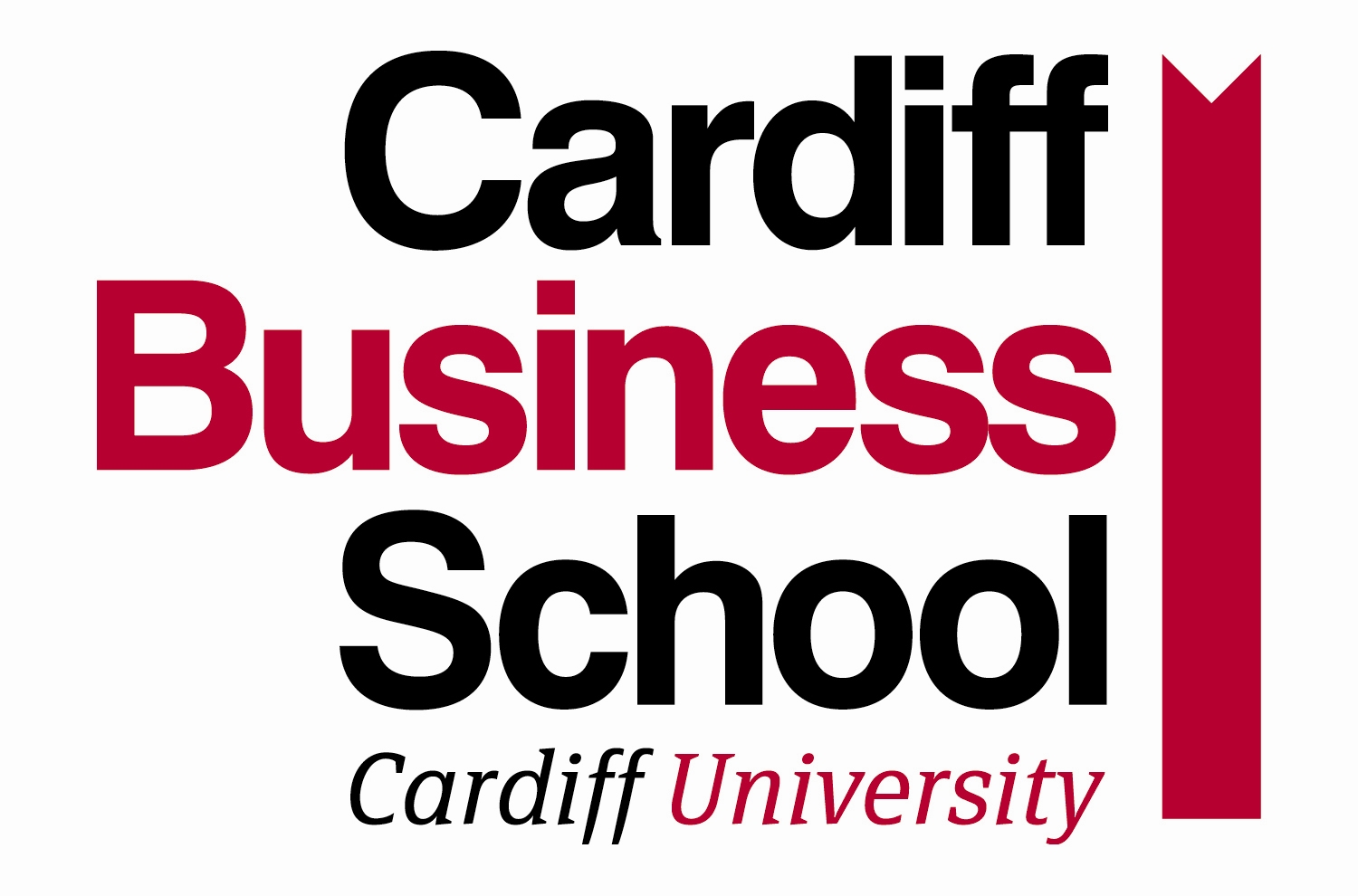Making the most of your reading time and effort: towards an effective compromise
Consider how you could work consciously towards an effective compromise in the choice and sequencing of your reading strategies for different reading purposes in your academic study. Try answering these questions.
- Could you make more use of
scanning
as a way of checking rapidly whether a new text is
likely to have some relevance for your reading
purpose,
or whether it can safely be rejected?
|
|
|
- Could you make more use of
skimming
to establish how centrally relevant a new text is to
your reading purpose, or whether you can safely just
summarise what you have skimmed?
|
|
|
- Could you make more use of
intensive
reading for centrally relevant texts, to explore in
depth the content and the development of the
authors’
argument?
|
|
|
- How could you minimise your
chances
of investing the time to read intensively texts that
turn out to be only marginally relevant to your
reading
purpose?
|
|
|
- How could you minimise your
chances
of missing important content or steps in the
development
of authors’ argument in a text?
|
|
|
- How could using a sequence of
two or
all three main reading strategies help you to
achieve
some of your reading purposes more effectively than
relying on one strategy alone?
|
|
|
- Overall, what is the single most
important thing you could do to achieve a more
effective
compromise with your reading strategies in your
academic
studies?
|
|
|
To download and use this document – click here
|


